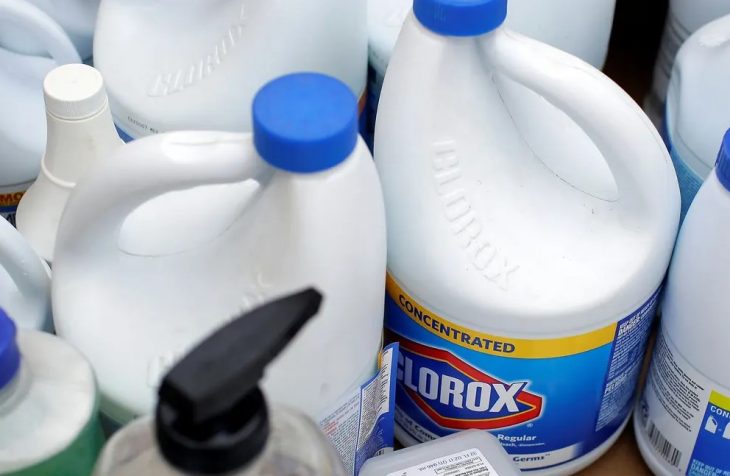How to Dispose of Bleach Safely
Bleach is one of the most used cleaning and disinfecting agents in many homes. It is effective in cleaning most surfaces, causing any damage, which is why it is reliable. However, it is dangerous when you don’t use it correctly and most of all, when you dispose of it incorrectly. It can be harmful to peoples, pets, wildlife, as well as the environment in general. This is why you must know how to get rid of it correctly after using or in case you find yourself with excess bleach. There are different ways of how to dispose of bleach, as explained below.
Flush It
Flushing bleach down your toilet is one of the safest ways of disposing of the product without causing harm to anyone. Do so especially if you have a good and reliable sewerage system that doesn’t dispose of untreated waste into the environment. The water that is used in flushing denatures most of the bleach, so it is not harmful.
However, you should be cautious when you want to dispose of Clorox bleach. If it comes into contact with other agents such as toilet bowl cleaner, it may cause fumes which, when inhaled, may lead to poisoning. Ensure that your toilet doesn’t have any other cleaning agents when flushing the bleach just to be safe.
Pour it down the Drain
It is said that disposing of bleach by pouring it down the sink is unsafe, but this is only when you do it incorrectly. Just as when flushing it, ensure that your drain doesn’t have any other agents that may react with it such as drainage cleaner. You can ensure this by pouring enough water before disposing of the bleach.
There are two methods you can use on how to dispose of Windex and that is by first diluting the bleach in plenty of water then pouring it in your sink. It is essential to do this so the bleach doesn’t react with anything on the way down which may later lead to problems. If you are sure that there is nothing that may react with the product, you may pour the bleach followed by a generous amount of water.
Get Professionals
If you have massive amounts of bleach that you want to dispose of, it is best to get your local hazardous waste companies to assist. These companies have the facilities needed to handle large amounts of waste that could be toxic to people and the environment. Note that this is a good option when you have substantial quantities since it will cost you some money to facilitate the removal.
Give it Away/Donate
If you have quite a few gallons of bleach that you may not use anytime soon, an excellent way to get rid of it without harming the environment or others is to give it away. You can start with your immediate neighbors since most people use this product in their homes.
If you’re unable to find neighbors who need the product, you can donate it to shelters or homes for the elderly or children. These are places that may require the bleach more since it is an everyday item that misses from many donation boxes.
FAQs about Disposing of Bleach Safely
The following are frequent questions when people want to know about getting rid of bleach.
Can you pour bleach down the drain?
You may pour bleach down the drain only if you dilute it first. This ensures that the product cannot react with microorganisms and chemicals in the pipe. Use approximately 600ml of water for every 6% of unused bleach.
Can you dump bleach outside?
You should not dump bleach outside since it may kill vegetation, poison pets, and wildlife. You can, however, use it to get rid of unwanted vegetation such as weeds near your home. If the bleach is very dilute, you may throw it outside away from pets and children.
How do you dispose of bleach in a septic system?
Ensure that it is used and diluted so that it may not react with any chemicals in the system. Use as much water as possible when flushing the bleach or better yet use it to reduce it to 1% or less when it can’t react with anything.
The best way for disposing of bleach is after using it since it will have reduced the concentration hence, reacting capability. This product doesn’t expire soon, so don’t be in a rush to get rid of it when it remains after use. Store in a cool and dry place, away from direct sunlight, and it should last.
